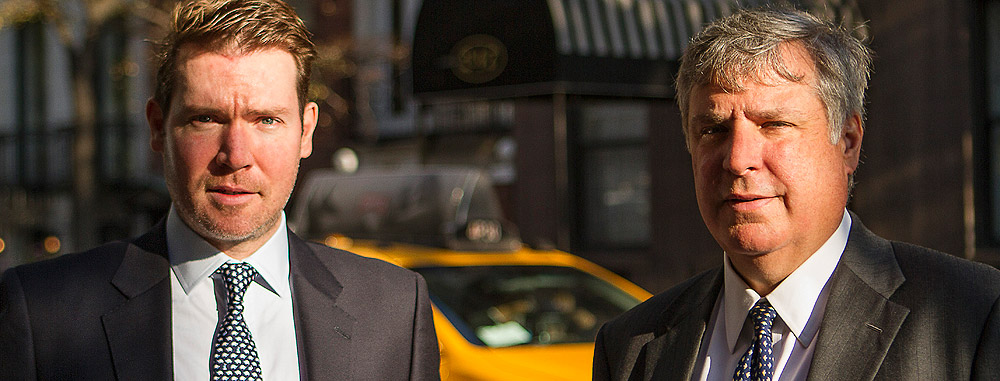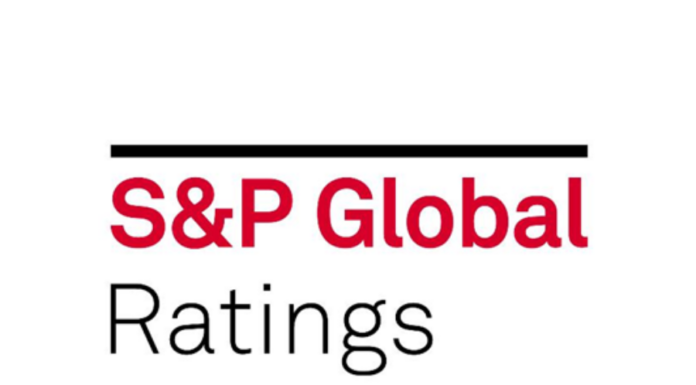
Having created a global trading team over much of 2014, Rob McGrath (right), global head of trading and Gregg Moore (left), head of trading for fixed income, Americas at Schroders are now evaluating tools and trading venues in the bond market, in preparation for turbulent times.
How do you structure your trading operations and how is trading being affected by market structure?
Rob McGrath: Operationally we have three regional hubs – New York, London and Singapore – with a total of US$400 billion in assets. New York and London each have six traders in fixed income while Singapore has two dedicated to fixed income. At the moment the changes in the market liquidity profile are not being tested because of the low interest rate and volatility environment, and the impact of quantitative easing (QE). As a result, I am not sure people will be ready when market conditions do change.
Gregg Moore: The market structure has not changed but the size, across the board – sovereigns, government, corporate and emerging market debt – has increased since 2007. However, there are liquidity concerns tied to the reduction of capital from broker-dealers due to tighter banking regulation. This is not such an issue today, because of the low volatility and interest rates, but there may be outflows once volatility spikes and interest rates rise. The supply may not be absorbed.
How are you preparing for the impending changes?
Rob McGrath: There is no one solution because there are several options. It is important to solidify your relationships with your dealer-brokers to maintain access to capital. However, you also need to be able to access all different pools of liquidity in the market. At the moment we are trying to understand the different platforms out there and how best we can interact with them. I think the industry will end up moving closer to an electronic, agency-trading model.
There is also a great deal of regulation and many moving parts. For example, there are still things to be decided in MiFID, which is several years away. This is why it is difficult to predict what the fixed income market will look like in the future although I am certain that it will be different than it is today. Our goal is to ensure that we are ready for the changes that regulation such as MiFID will bring.
How does technology fit in with these dynamics?
Gregg Moore: Electronic trading platforms have become more efficient and there is also greater competition with more coming online. This is good for the industry as it fosters innovation.
Rob McGrath: It is a judgement call as to which ones will be the most successful. Platforms need critical mass to succeed but if we all wait for that to happen then many may never gain traction. For us, we want the ability to trade anonymously and with minimum information leakage.
Charles River is our order management system and our plan is to add a global execution management system to access a wider pool of liquidity as well as a greater number of tools.
We are in the process of assessing which EMS is the best one to use as well as the different trading venues in the marketplace. The plan is to implement one over the next three to six months.
What advantages does having a global trading operation bring?
Rob McGrath: We took the decision to restructure our operations about 18 months ago. We did a lot of research in how global teams work together and spoke to the heads of the different teams. We realised we had similar issues across the regions and that there would be more benefit in creating a global operation. Each hub – New York, London and Singapore – trades everything ranging from equities to FX, derivatives and fixed income and while individual traders are still focused on their particular asset class, the desks are multi-asset with traders exchanging information and sharing ideas. It helps everyone better understand how different issues affect the asset classes. For example, many of the struggles that are currently being experienced in FX and fixed income today were seen in the equities space 15 years ago. It makes people aware that the problems are not that unique and we can learn from each other. The new global structure has exceeded expectations although it is still relatively new and we are working to increase efficiencies and maximise co-operation.
How important has transaction cost analysis (TCA) become in fixed income trading?
Rob McGrath: TCA is fairly new in fixed income and the development is well behind equities where it is well established. We have started to look at pre- and post-trade information and are working with a couple of vendors to see how we can efficiently and quickly use the data that we have. The main difference with equities is that there is no exchange to go to which makes it difficult to consolidate some of the flow and quotes.
It is a complicated subject but I remember having similar discussions in the 1990s with equities. There were concerns that if there was more transparency the market structure would change and liquidity would disappear. In some cases, there was some legitimacy to the argument but in other circumstances that was not the case. Regulators in the US, UK, and Europe, particularly with MiFIR, are looking to address the transparency issue but it will take time.
MiFIR may deliver transparency in a similar vein to the Trade Reporting and Compliance Engine (TRACE) in the US. What difference has TRACE made to trading?
Gregg Moore: I think the greater transparency
is a positive thing. The downside has been that dealers are reluctant at times to provide liquidity because the information – direction, price, size – is published quickly to the entire market.
©Markets Media Europe 2025











